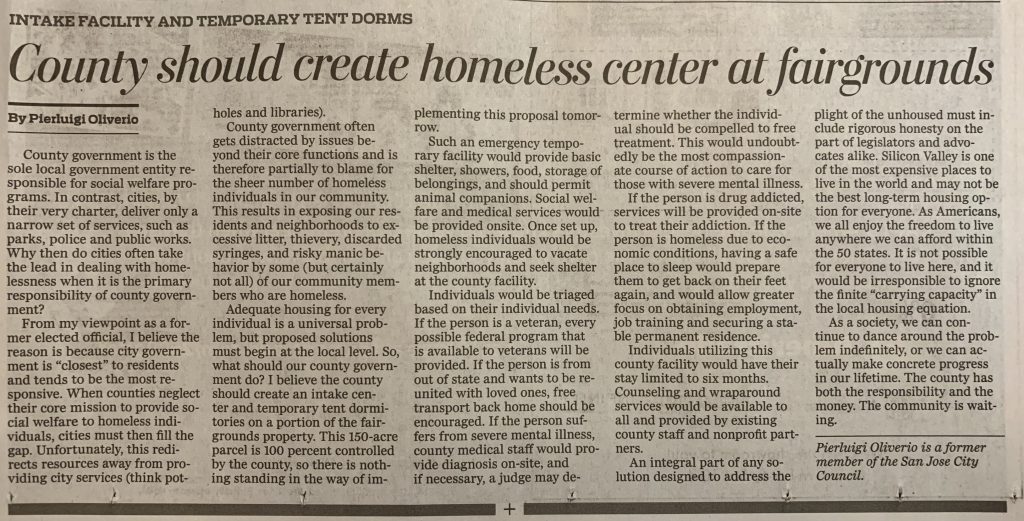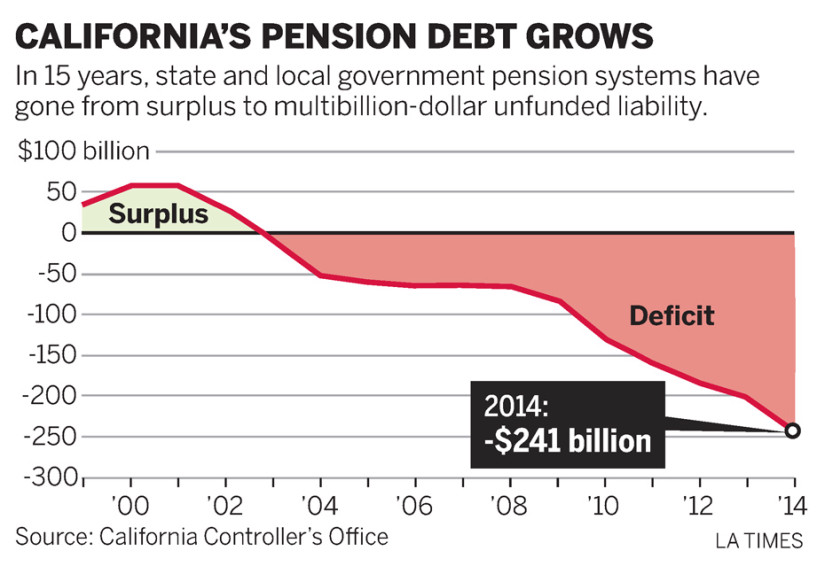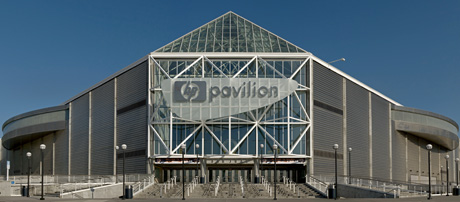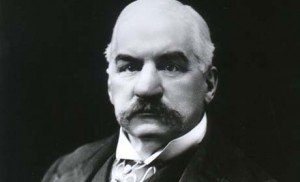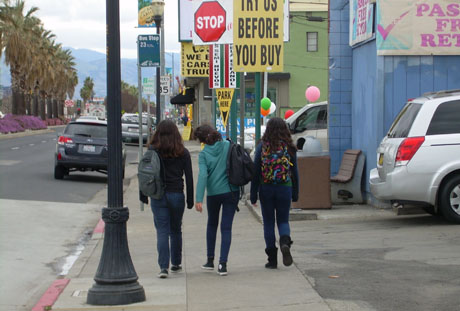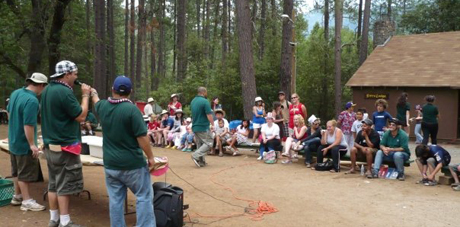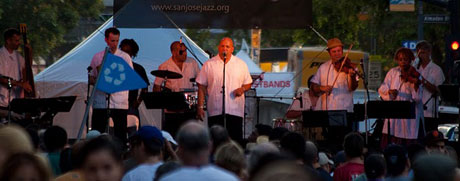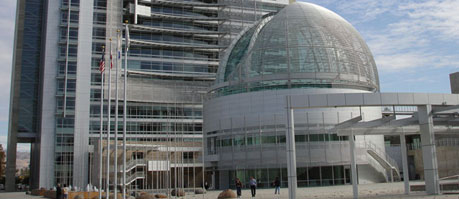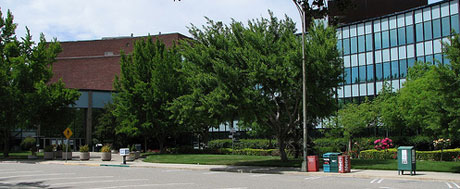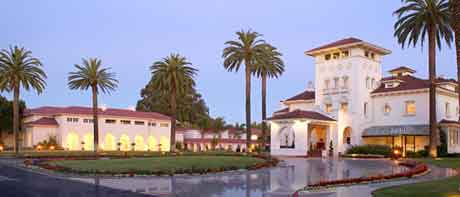Empty Homes Tax would create an invasive new bureaucracy collecting residents’ data with little promise of revenue
By: Pierluigi Oliverio
Published March 15, 2024
A city only exists with tax revenues — and the collection of those taxes should be simple, streamlined and fair.
Candidates for San Jose City Council are calling for a complicated, dubious and unwieldy new tax. It’s called The Empty Homes Tax (EHT), and it would create an invasive new bureaucracy with little promise of revenue.
It’s a double tax on top of existing property taxes and is based on the misbegotten hope of finding the needle in a haystack. The EHT would apply to any housing unit that is unoccupied for a portion of the year, with proceeds funding low-income housing.
This new tax is contrary to private property rights and good tax policy. In the U.S., individuals have the right to live in any of the 50 states they can afford, with the opportunity to purchase or rent a dwelling and inhabit said dwelling as they wish.
EHT is double taxation of a dwelling and could be applied regardless of: hospital stay, surgery rehabilitation, senior assisted living, job transfer, caregiving out of town, construction remodel, death in the family or retirees traveling by RV across the U.S. If an exception is allowed, then it would require residents sharing sensitive data and documentation with a government official.
The administration of such a tax is arduous and onerous because it requires households to fill out forms annually and legally self-attest their occupancy. In order to ensure compliance, there would be late fees, and if a household refused to share their personal and/or potentially sensitive medical information, they could be subject to an infraction. Auditing a percentage of households would be required, consuming limited city resources and creating a time burden for those subject to audit.
This creates a situation where neighbors are tattling on their neighbor’s home and the city would investigate. I don’t think we want a city where this type of neighbor-on-neighbor conflict could arise.
It is important to understand that city employees, with limited resources, would need to be reallocated from other departments to oversee the paperwork from hundreds of thousands of dwellings to locate the small percentage of dwellings that may be vacant. Ultimately this exercise may not even produce enough revenue to cover the administrative costs and thus potentially no additional tax revenue.
We often hear pleas to “keep government out of the bedroom.” But with this new occupancy tax scheme, the government would not only be in the bedroom, but it would also be recording and tracking household information for a new city database. This database would be public information, making it viewable to well-intended and nefarious individuals alike, and essentially revealing when residents may or may not be occupying their home at any given time. I believe most San Jose residents would consider this a violation of their privacy.
In 2022, voters in tax-friendly Santa Cruz rejected a $6,000 per year EHT due to these concerns. EHT went into effect in January 2024 for both Berkeley and San Francisco. San Jose considered EHT in 2019 but dismissed it due to complexity and costs.
If the real concern is blighted property, then the solution is simple: adequate and responsive code enforcement targeting problematic properties effectively. This laser-focused approach is far better than chronicling all residents’ bedroom occupancy.
Before creating new tax burdens, policymakers should ensure that future tax proposals are thoughtfully designed, efficient and ultimately effective. We can debate whether a tax increase is warranted and what it should be allocated toward. However, a tax that puts the general fund at risk by creating a new bureaucracy should be a non-starter.
Pierluigi Oliverio is a member of the San Jose Planning Commission and a former San Jose city councilman.

 In November 2016, Santa Clara County voters passed Measure A, a $950 million property tax increase for housing. Campaign advertisements promised the tax increase would generate 4,800 housing units in 10 years, targeting vulnerable individuals such as the chronically homeless. A recent county auditor’s report determined “the program has not been effective in accomplishing its mission,” and “will be unable to meet its goal of providing 4,800 units,” as only 214 housing units had been completed.
In November 2016, Santa Clara County voters passed Measure A, a $950 million property tax increase for housing. Campaign advertisements promised the tax increase would generate 4,800 housing units in 10 years, targeting vulnerable individuals such as the chronically homeless. A recent county auditor’s report determined “the program has not been effective in accomplishing its mission,” and “will be unable to meet its goal of providing 4,800 units,” as only 214 housing units had been completed.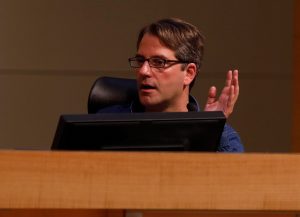
 On Aug. 13, the Santa Clara County Board of Supervisors voted to initiate the process for placing yet another tax increase on the 2020 ballot. This would entail a 5/8-cent increase in the sales tax rate.
On Aug. 13, the Santa Clara County Board of Supervisors voted to initiate the process for placing yet another tax increase on the 2020 ballot. This would entail a 5/8-cent increase in the sales tax rate.